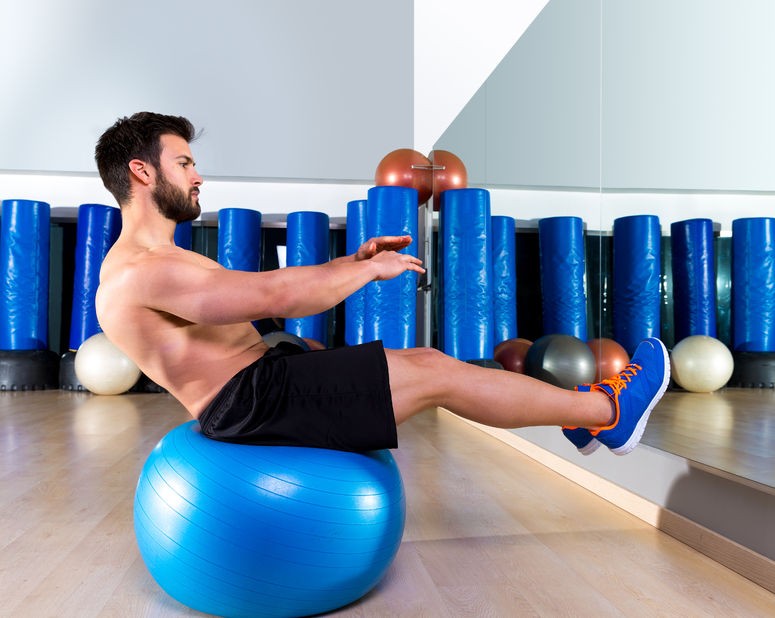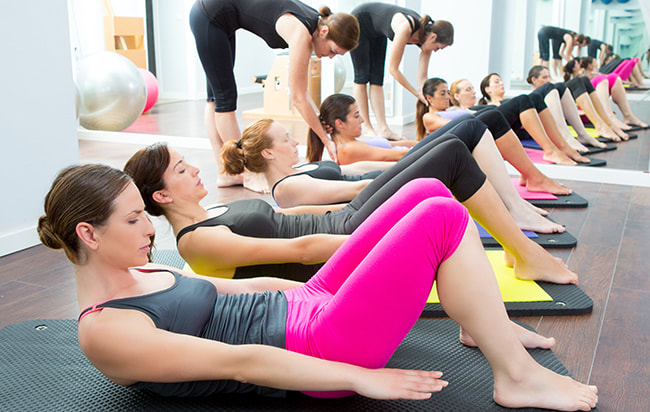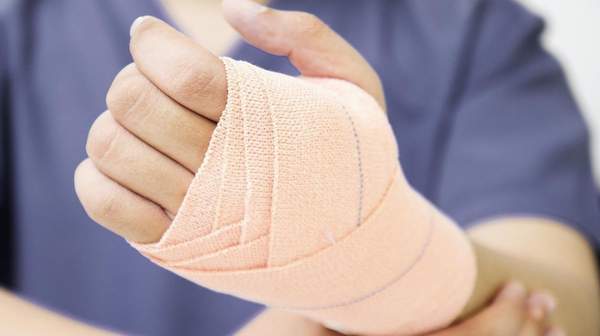|
This is often the first question people ask themselves when they suffer from chronic pain or have an acute injury. The truth is, you cannot go wrong visiting either a doctor or physiotherapist. The main difference is the experiences you have during the assessment and treatments provided by a physiotherapist and the assessment and advice of a doctor.
Here is a simple guideline that may help you make your decision. You should see a physiotherapist if:
You should see your doctor if:
22 Comments
1. Help prevent injuries
Building a strong core is not a quick process. Strengthening your torso means building core stability as well as core strength. It is recommended that you begin with your stability, and work towards strength. Having your deeper muscles working first makes it easy for strong abdominal muscles to develop on top, making you less prone to injury down the road. A solid core will help ensure that your movements are strong and pain-free. 2. Protect your inner organs and central nervous system Staying healthy also means protecting those vital systems below the surface. Your core is where your organs and central nervous system do their work and is where your body’s largest veins and arteries are based. Keeping strong core muscles will help ensure everything stays protected as you move through your day. 3. Banish back pain Back pain is a common side effect of a weak core. Many of us make the mistake of sitting for long periods with a tilted pelvis and an arched back, rather than sitting tall. Building core strength will help bring balance to the front and back of your body and support your spine. 4. Build better posture Good posture is essential for combating chronic neck and back pain as it reduces the pressure on your spine. In addition to preventing pain, having a good posture exudes confidence and strength to help you be successful. You look taller, slimmer and more successful when you sit and stand tall. 5. Reduce belly fat Making changes in your diet is a good way to lose belly fat as well as doing core strengthening exercises which burns fat faster than cardio. Not only do you feel great with a more toned stomach, but the reduction of belly fat drastically increases your health and lowers your risk of diseases, including diabetes, heart disease and colon, kidney or digestive tract cancer. Always talk to your physiotherapist or doctor before starting a new exercise regime. Check out this slideshow on Mayo Clinic to learn abdominal exercises to help you build stability and strength in your core. Whether you're starting a new exercise regime or have always been physically active, being aware of the most common mistakes people make is important to prevent injuries and further aggravation of muscle or joint pain.
We've highlighted 5 of the most common exercise related mistakes: 1. Not Stretching Stretching before a workout is important to prevent pulling or straining your muscles. Stretching make your muscles flexible and begins the circulation of oxygen throughout your body. A pulled muscle is not only painful, but will stop you from continuing your routine for several days. 2. Overestimating Strength and Endurance Many people who begin a new exercise program make the mistake of overestimating their strength and endurance. Starting with weights that are too heavy or doing too many reps can wear your muscles down and bring on pain. Building yourself up to using heavier weights, longer reps, and lengthier cardio should be done gradually overtime to prevent injuries. 3. Doing Too Much Plan ahead and rotate which muscles you want to target each day rather than spending only a few minutes on multiple muscle groups. Spend enough time working out your target area to fully engage the muscles so you are able to properly build strength and endurance. 4. Overcompensating Life can get busy, and many people are easily derailed from their regular exercise routine. Attempting to make up for a lack of exercise with more activity than you're used to can be a strain on your body. The longer you go between exercise sessions, the more you'll have to work at building up strength and endurance again. 5. Choosing the Wrong Workout Every person has their own unique needs and goals when it comes to exercise and you should choose your impact level and routine accordingly. Whether you are recovering from an injury, muscle, or joint pain, or are trying to adopt a healthier lifestyle, seeking expert advice from a physiotherapist or personal trainer will be beneficial so you can have an individualized workout routine. Although sometimes used interchangeably, sprains and strains are two different types of injuries resulting from soft tissue damage to the musculoskeletal system. Both strains and sprains result from sudden twists or jolts that apply more force to the tissue that it is able to tolerate.
Sprains A sprain is a joint injury that involves tearing of the ligaments and joint capsule. It occurs when a joint is twisted while bearing some weight. An example of a common strain is one that results from twisting an ankle during physical activity and generally, most strains are found in the thumb, ankle and wrist. Strains A strain however, is an injury to the muscle or tendons. Common sites for sprains include the back and the hamstring muscles in the back of the thigh and are usually related to sport injuries or following other physical activities such as heavy lifting. Which Do You Have? So how do you know if you have a sprain or a strain? Again, a sprain occurs in the joint while a strain occurs to the muscle. The primary symptoms of sprains include limited mobility, inflammation, pain, swelling, and bruising while strains are often accompanied by pain, cramping, swelling, muscle spasms, and stiffness or soreness in the muscle. Treatment Both minor sprains and strains can be treated with the RICE (rest, ice, compression, and elevation) method. In addition, over-the-counter pain medication such as aspirin or ibuprofen as well as topical creams and gels can reduce pain and inflammation. Chronic injuries (those that worsen over time) require rehabilitation to strengthen the affected area. In order to limit your risk of further injuries, wrap the affected area or wear a brace when you resume activity. Many exercise-related injuries are a result of neglecting to properly warm-up your muscles prior to working out and performing a cool-down afterwards.
The primary goal of a warm-up is to loosen muscles, gradually increase the heart rate, and increase blood circulation to provide muscles with an adequate supply of oxygen. Tips for a Warm-Up:
Tips for a Cool-Down:
Tips for Stretching:
|

 RSS Feed
RSS Feed





